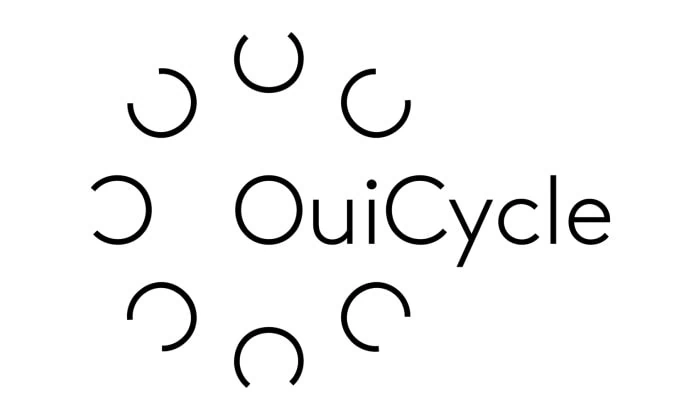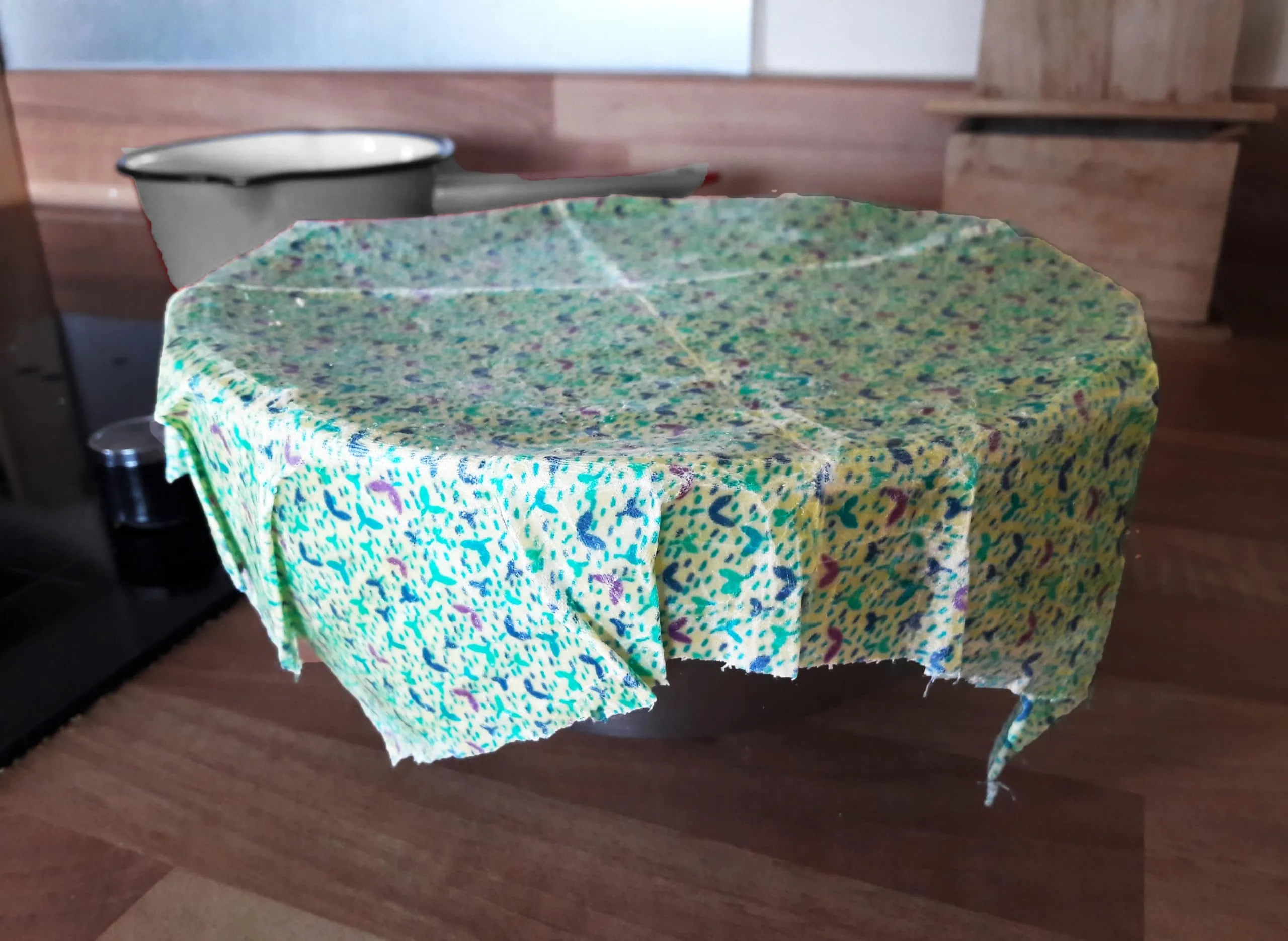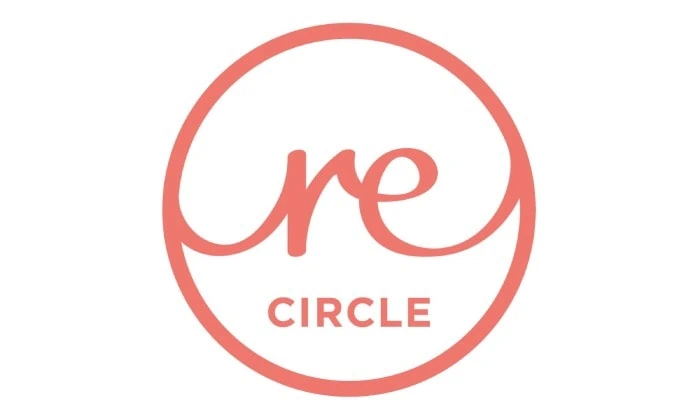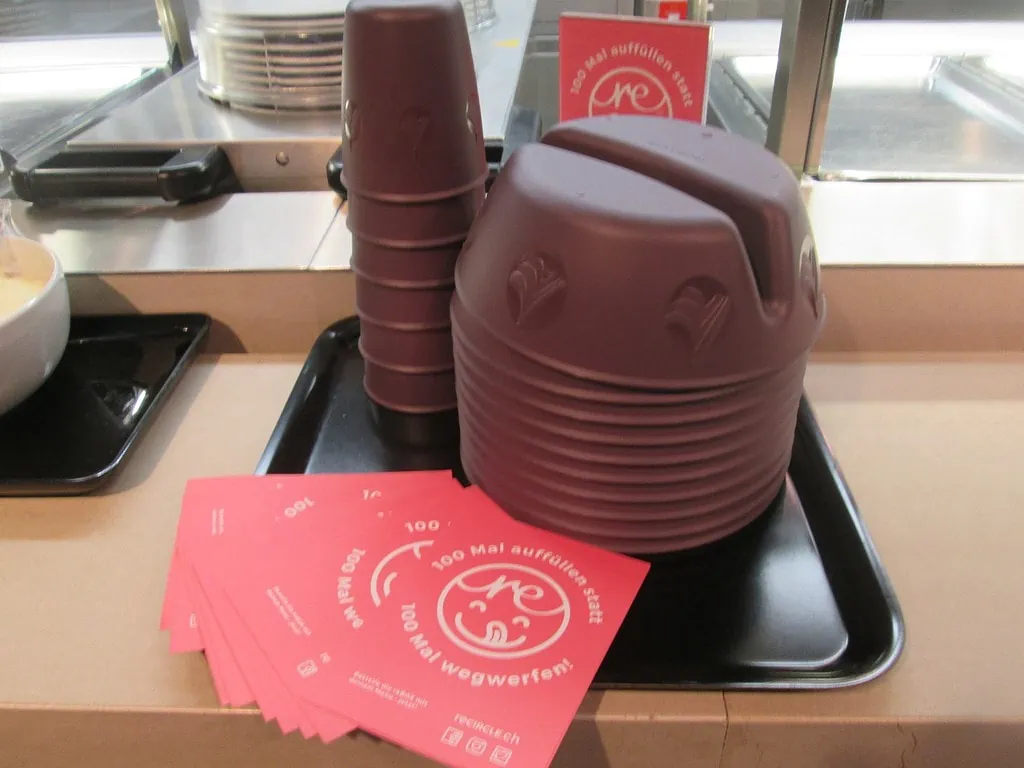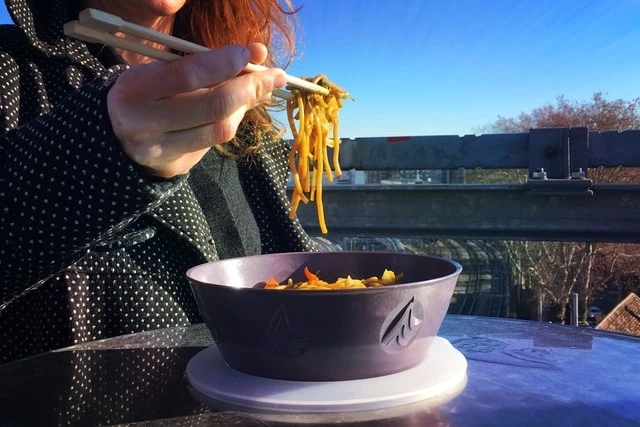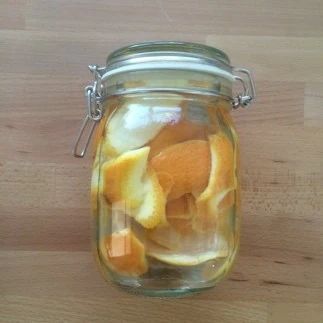OuiCycle – Eco-concierge service
OuiCycle is an eco-concierge service.
Its mission is to help its clients to achieve a more sustainable lifestyle and consumption. It does this by offering them various solutions, including the delivery (by bicycle!) of local, organic, seasonal, home-made, non-packaged and waste-free products and the disposal of their recyclable waste.
Website: www.ouicycle.ch
Who is “Oui”?
OuiCycle is the result of an encounter between two people from quite different backgrounds who have found each other (especially…) around this project and its values.
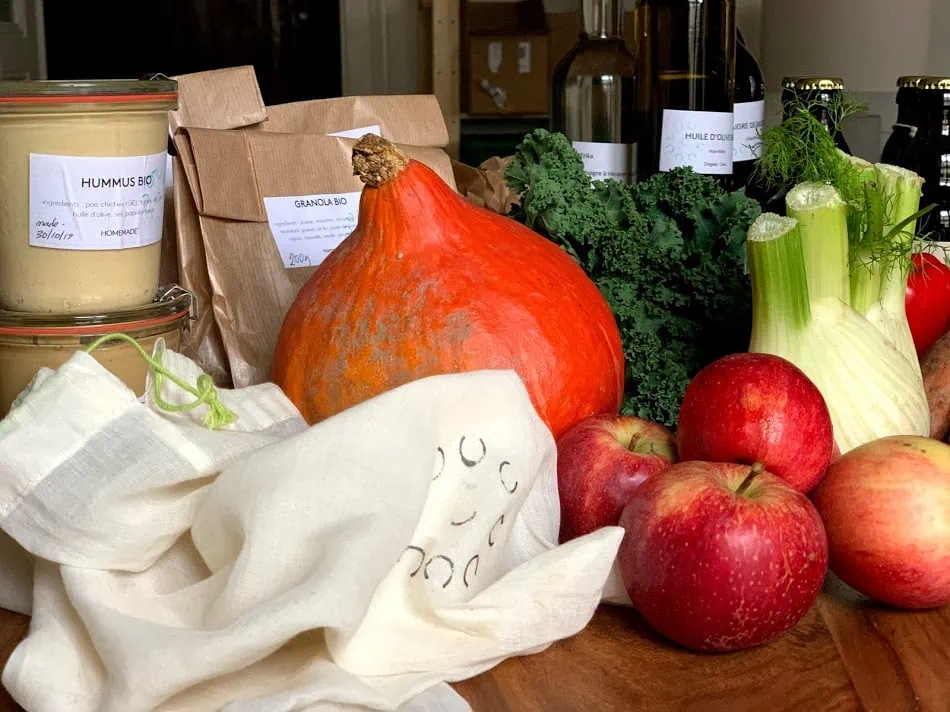
On the one hand, Erika…
Despite her Scandinavian appearance, Erika was born and raised in the United States, where she was raised by hippie parents and received a Quaker education (not theistic). She has been involved in numerous ecologically responsible projects and other struggles against consumerism and waste production since her early childhood.
After trying her hand at various jobs, especially in the “art industry”, she turned to the world of humanitarian work (with a special interest in the problems of access and waste of food). In 2018 she came to Switzerland to complete her Master’s degree in Humanitarian Aid. There she met Yves, and the idea of OuiCycle came not too long after.
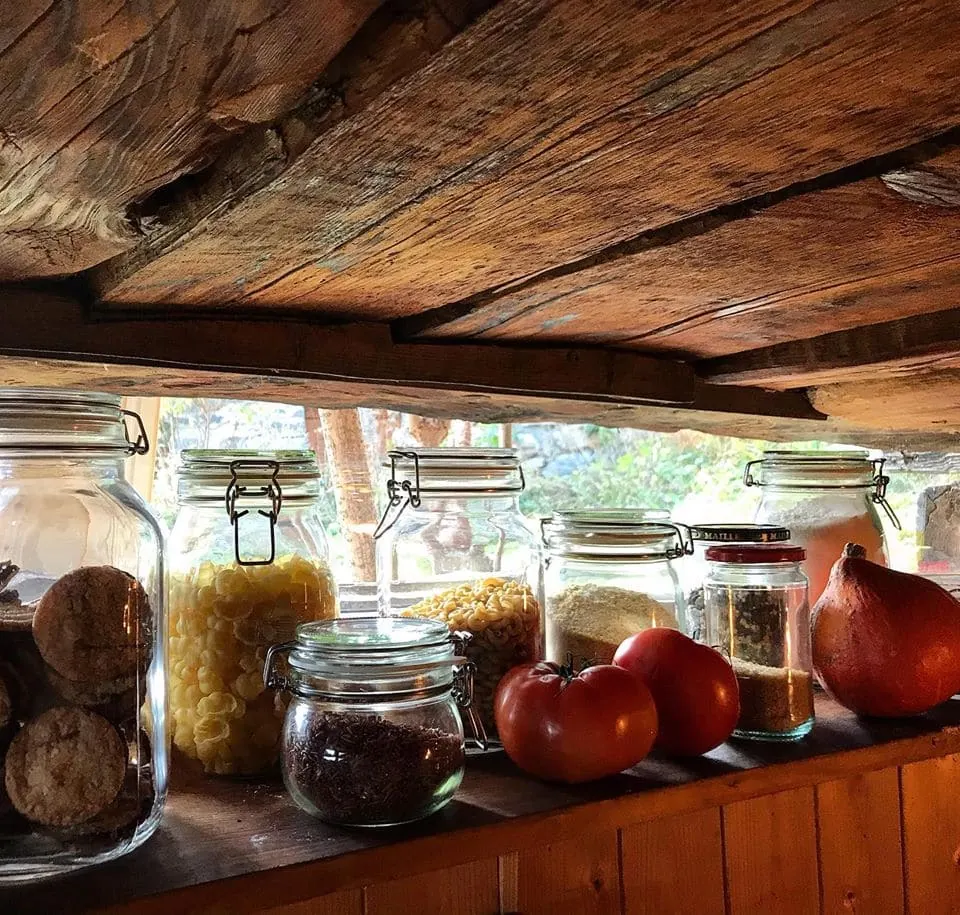
And on the other hand, there’s Yves…
Born and raised in Switzerland by parents who are also well versed in ecological and social issues. A passionate outdoor sportsman, he pursues his activities all over the world and discovers the impact of a capitalist model of development (in which he also participates…) on ecosystems and societies. Through his work as a geography (and sports) teacher in Geneva, he is interested in sustainable development and can promote its values. He is aware, however, that although he is not perfect, he could do better. So, with Erika’s help, he moved from theory to practice.
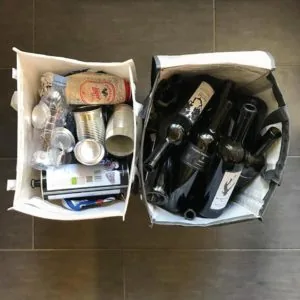
OuiCycle was born out of the idea that we are lucky enough to live in one of the most developed countries in the world and that we have the privilege of being able to make choices. And on the other hand, from the observation that there are many solutions for a more sustainable way of life and consumption in Geneva, but that these often require a great deal of time and a certain logistical effort. In light of these facts, Erika and Yves decided to set up an eco-concierge service to help people who want to join them in this process.
Over here to get further: www.ouicycle.ch

